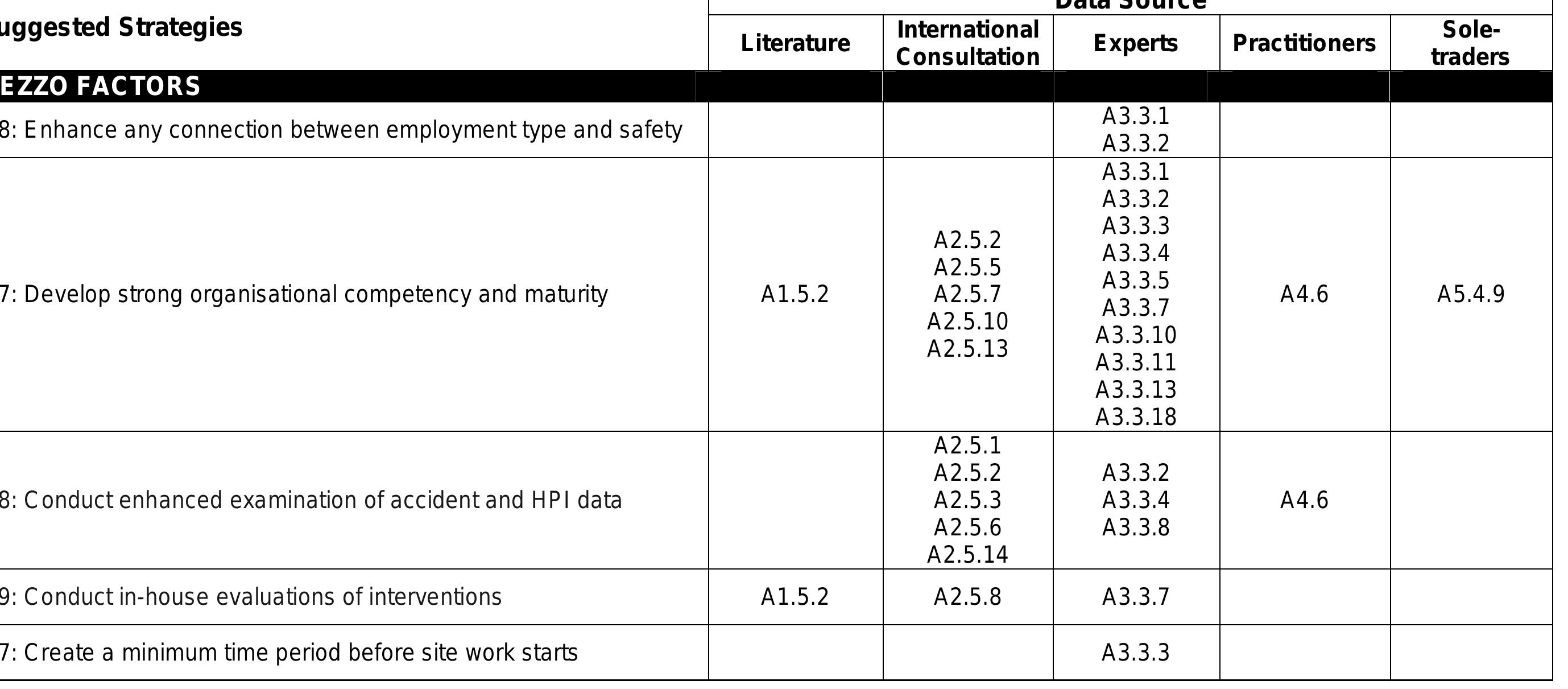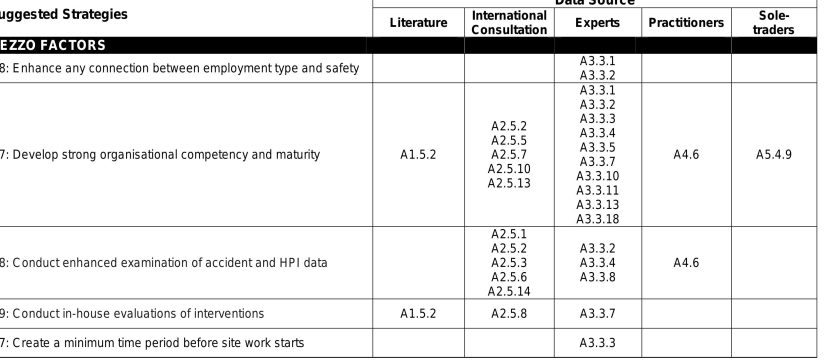
**Examining the BLS Jobs Report: Identifying the Causes of Misjudgment**
The U.S. Bureau of Labor Statistics (BLS) Jobs Report serves as a critical resource for policymakers, economists, and investors, offering essential insights into the employment arena. Issued monthly, this extensive report aids in understanding economic patterns and informing fiscal decisions. Nevertheless, like any intricate data gathering system, it is prone to errors and misinterpretations. In this discussion, we investigate the roots of inaccuracies and possible solutions to improve dependability.
**Survey Techniques and Sampling Mistakes**
The BLS performs the Current Employment Statistics (CES) survey encompassing roughly 145,000 businesses and government entities, which represent about 697,000 worksites from diverse industries. While statistically sound, sampling mistakes may occur. These errors stem from the fundamental challenge of surveying the entire population. A variance between the sample and the true workforce can happen if the sample is not wholly representative of the broader economy, resulting in inflated or deflated employment statistics.
**Data Gathering and Reporting Challenges**
Data collection can be compromised by inaccuracies due to various factors, including reporting mistakes from participants. Companies may inaccurately report their employment figures, or seasonal fluctuations may not be properly adjusted, distorting reported statistics. Additionally, swift technological progress and the emergence of new sectors sometimes are not promptly reflected, delaying accurate portrayal.
**Adjustments and Projections**
Monthly employment reports frequently necessitate adjustments as additional data becomes accessible and mistakes are rectified. Initial projections are generated using incomplete data, as the BLS bases the initial release predominantly on early feedback. These “advance estimates” are fine-tuned in later months, a process that often results in modifications to initially reported statistics. Grasping this adjustment process is vital for users to correctly interpret data trends.
**Shadow Economy and Gig Employment**
The informal or shadow economy and the gig sector, which includes freelance and contract work, present challenges for the BLS to effectively capture. Numerous gig or self-employed individuals may not be sufficiently represented in traditional employment metrics, resulting in underreported employment trends within these areas. This misjudgment can lead to an incomplete understanding of the labor market.
**Technological and Labor Market Developments**
Shifting technological landscapes and evolving labor market trends also impact the accuracy of job reports. Automation and the rise of artificial intelligence may result in quicker transitions in employment patterns than data collection methods can keep pace with. Labor behaviors are evolving, with a rise in remote working and flexible job structures, complicating standard metrics.
**Minimizing Misjudgment: Enhancing Data Precision**
To counter these sources of misjudgment, a variety of strategies can be adopted. Improving data collection techniques, such as utilizing enhanced statistical models and incorporating real-time data analytics, can lead to more accurate portrayals. Broadening sampling and considering additional data sources like tax documentation may assist in capturing a wider array of employment.
Partnerships with technology companies could transform how employment statistics are gathered and analyzed, harnessing digital platforms for more precise and rapid data collection. Furthermore, adapting metrics to better encompass gig and informal employment, along with promptly updating classifications to reflect new industries, could sharpen the breadth and depth of job reports.
In summary, while the BLS Jobs Report continues to be an invaluable instrument for economic assessment, recognizing and addressing its possible misjudgments is crucial for reliability. Ongoing enhancement of data collection practices and the embrace of innovative technological advancements can bolster the accuracy and relevance of these critical economic indicators.
